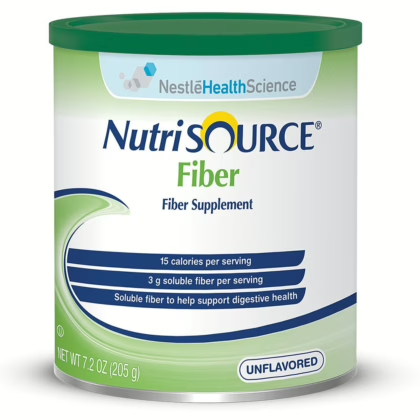What is the difference between a headache and a migraine? Migraine is much more than just a bad headache. It can cause severe pain and keep you in bed for days! During an attack, stimuli such as movement, light, and sound may cause pain, fatigue, nausea, visual disturbances, numbness, and many more.
What is a migraine?
It is a common ailment that scientists for many years thought was related to the expansion and contraction of blood vessels in the brain, but now they believe it has a genetic cause. Migraine often causes severe throbbing pain in one area of the head, along with many other symptoms. It affects women approximately three times more often than men and affects more than 10% of people worldwide.
But almost a third of those affected can predict the attack before it begins because it is preceded by an “aura“, which are visual disturbances that appear in the form of bright lights, zigzag lines, or temporary loss of vision! Migraine can be divided into several types, for example, there are:
- With aura, which is accompanied by warning signs just before the onset of the migraine.
- Without aura is unfortunately the most common type where migraine occurs without the warning signs
- Silent migraine, only aura or other symptoms but without headache.
Migraines can occur as frequently as several times a week, or years can pass without any attack!
What are the different phases?
There are four phases and their chronological order is pre-headache, aura, headache, and post-headache. About 30% of sufferers experience symptoms before the headache even begins. The stages include:
- Pre-headache (Prodrome): lasts a few hours and can last for days. It does not have to happen every time. Some know it as the beginning stage.
- Aura: It can last for 60 minutes or less than five minutes. Most people do not get aura while some may experience aura and headache at the same time.
- Headache: The duration of the headache is about four hours to 72 hours. It’s true that sometimes it’s dull, but usually, it’s like digging, throbbing, or you might feel like an ice pick in your head.
- Post-headache (Postdrome): this stage lasts for a day or two. Almost 80% of patients suffer from it.
All phases can last from eight to 72 hours.
What are the risk factors?
It is difficult to predict who might get migraines and who might not, especially since the exact cause is unknown, but the following risk factors may make you more susceptible:
- Genetics: 80% of infected people have a first-degree relative with the disease.
- Gender! It affects women more than men, especially those between the ages of 15 and 55.
- Stress can trigger migraines.
- Smoking.
What triggers a migraine?
Migraine attacks can be triggered by a wide range of triggers. The most common ones include:
- Stress is the most common trigger.
- Delaying meals.
- Sensitivity to certain chemicals and preservatives in foods such as those found in aged cheese, alcoholic beverages, and chocolate and food additives such as nitrates and fermented or pickled foods are responsible for triggering up to 30% of migraine cases.
- Too much caffeine or a sudden drop in caffeine can cause headaches.
- Daily use of pain medication.
- Hormonal changes in women, such as approaching menstruation and menopause.
- Flashing lights, fluorescent lights, light from a TV or computer, and sunlight can trigger a headache.
Consult a doctor for free with the help of Al-Thiqa Pharmacy to help you control migraine symptoms and find the right treatment for you.












